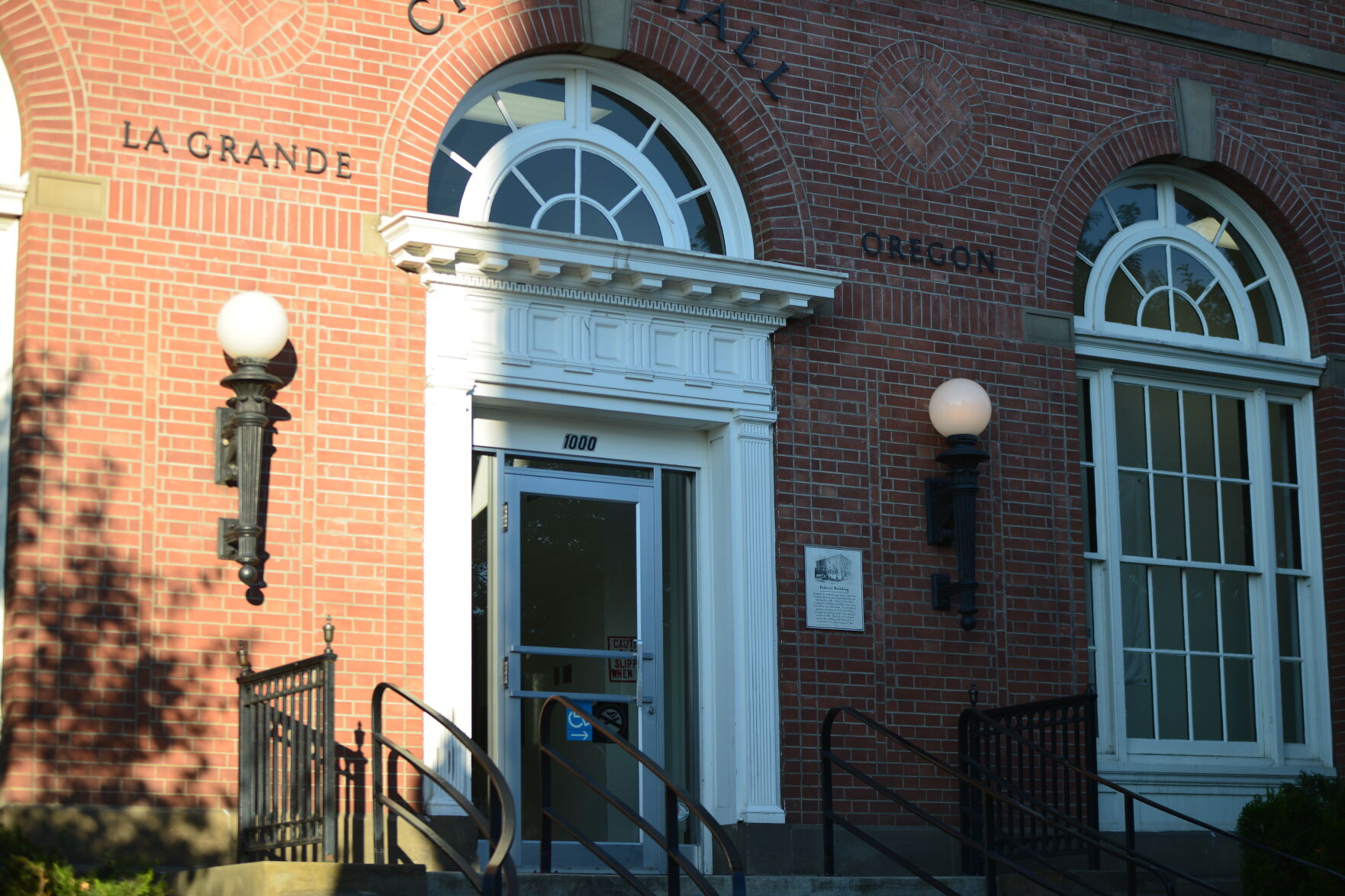TACK ROOM CHALKTALK: Saddle legend keeps on creating
Published 10:13 am Friday, March 14, 2014

- Bill Huston, pictured with his 58 Wade Buckaroo saddle, has been making saddles for 52 years. (KELLY BLACK/WesCom News Service)
Bill Huston has made more than 1,000 saddles in the last 52 years – with an eye on equine comfort.
“My personal career was influenced by saddle sores and scuffed up horses,” Huston said.
Huston grew up in the country of the San Antonio Mission.
His uncle, Lawrence Huston, rode a mounted patrol for the Forest service in Big Sur country over to the Carmel Valley. The route covered 86 miles and took 10 days.
By the age of 8 or 9, Huston would ride in and meet his uncle coming out.
Thus began his life as a horseman working with horses and mules.
Huston’s first horse was a little sorrel mare named Red Wing. She was a little testy but surefooted.
From a young age he took old saddles apart, cleaned them and put them back together.
“I was encouraged because everyone liked to have their saddle cleaned up,” Huston said.
He also remembers rubbing bacon grease on horses and mules that had sores on their shoulders, withers and belly. Sometimes it was quite a problem – they even cut holes in the saddle pads in an effort to relieve the animal’s pain.
“I often wondered what to do about that, so 52 years ago I made a primitive saddle,” Huston said.
He took the skirts off an old saddle, stuffed two barley sacks with straw – one for the pommel and one for the cantle – laced it together and rode.
For the first time he really experienced the movement of the horse. He felt the spine flexing and twisting, the back contracting and expanding, and muscles bulging.
Huston realized that a saddle built on a rigid tree does not adapt to flexion inmotion.
“I kept thinking, this is a way I could ride without the harshness of the saddletreegulling the horse,” said Huston.
Granted, a saddle tech gauge-used to determine proper saddletree dimensions-can measure the static position of a horse’s back.
“The flaw is, the horse moves,” said Huston.
Huston began work on the concept of a soft saddle made to adapt to the movementof the horse.
“I made a saddle that moves,” said Huston.
Today, Huston has a model of a horse’s back in his shop. On it sits a treeless saddlehe is making for a woman in Bend, Oregon.
Huston runs a weathered hand along the model and identifies muscles and skeletalelements-including what muscles bulge out during movement.
“This is from years of walking a horse’s back with my fingers,” said Huston.
Initially women were more receptive to the concept of a soft saddle but recentlymen have become interested. Riders talk about a new level of awareness andsensitivity between the rider and the horse.
Huston attends to the comfort of the human as well. Women and men have distinctskeletal configurations and approach riding differently. Huston carefully shapes thesaddle seat including carving out slots for those all-important pelvic tips.
“We are comfort seekers, both horse and human,” said Huston. “We avoid things thatare scary or hurt us.”
One benefit of a soft saddle is the adaptability of just one saddle from horse to horse.
“An equine is an equine,” said Huston. “Muscles all erupt from the same point on theskeleton whether a big Friesian or a small Quarter Horse.”
Huston has made soft saddles for Western and English riders-including 200 GrandPrix style dressage saddles.
He has also made over 400 stock saddles with trees.
Huston’s family worked cattle. They needed to tie rope to a big horn secured with aninternal frame that had the strength to withstand a calf.
Huston made a 58 Wade Buckaroo saddle with a tree that he uses for cowboying.
The saddle is a work of art-1920’s style, embellished with silver conchos,engraving and a bull tooled into the leather.
Huston is an artist craftsman-he makes every piece of the saddles himself-including the embellishments. The shelves of his shop are lined with leatherstamping and silver engraving tools.
Some of the tools are custom made to bring a design that Huston illustrates on paperto life on leather or silver.
“The artist craftsman is about the opposite of a factory saddle maker-we do it outof love,” said Huston.




